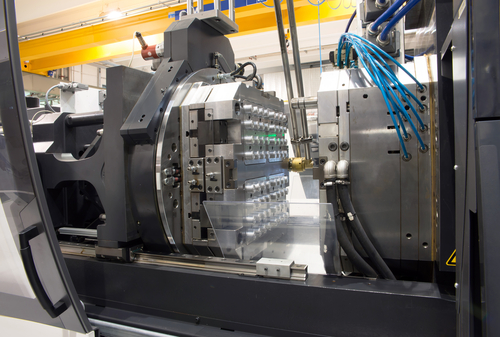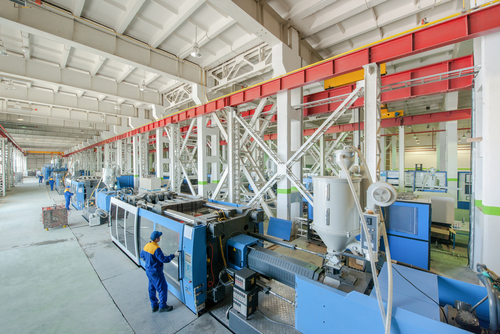 Ceramic injection molding (CIM) is a sophisticated process applied across industries due to its capability to produce tight-tolerance parts with high precision. Combining material science and the potential of plastic injection molding, custom ceramic injection enables the manufacture of intricate shapes that would otherwise be too expensive or difficult to produce. In today’s article we’ll go over the stages of CIM in detail, providing a deeper understanding of the process.
Ceramic injection molding (CIM) is a sophisticated process applied across industries due to its capability to produce tight-tolerance parts with high precision. Combining material science and the potential of plastic injection molding, custom ceramic injection enables the manufacture of intricate shapes that would otherwise be too expensive or difficult to produce. In today’s article we’ll go over the stages of CIM in detail, providing a deeper understanding of the process.
What are the stages of injection molding?
It consists of several stages, each of which contributes to the precise manufacturing of high-quality parts. Let’s explore them more thoroughly:
Creating the mold
The first stage involves designing and building the mold through CAD or CAM technology, making sure that it’s feasible to manufacture the part according to the drawing. While the initial cost related to mold creation is relatively high, the process itself is cost-effective since it can yield a large number of parts with high precision, during a short period of time.
Powder preparation
Selecting the right ceramic powder depends on the requirements of your application. The main factors include the size and the shape of the part. Since the physical state of the powder doesn’t allow for molding, it is then combined with special additives and binders under conditions that are carefully set and monitored in order to reach fluidity. Once the mixture is adequately blended, it’s ready to be injected into the mold.
Injection molding
The machine feeds the mixture into the molds under high pressure to completely fill the cavity. Once the injected raw material solidifies, it is referred to as the green body, which is then removed from the mold.
Debinding and sintering
The binders that were initially added to the powder are now removed from the green body through an exothermic reaction and evaporating in a debinding oven, leaving only a very small amount of binders.
Depending on the type of material, the parts further undergo the process of sintering in a vacuum or an oxidizing atmosphere in a sintering furnace. These furnaces reach high temperatures to improve the part’s strength and density.
For certain applications, the parts can also be treated by hot isostatic pressing (HIP) to further increase their strength and density.
Post-processing
Depending on the application, the final product can undergo certain finishing processes, such as polishing or CNC machining. For applications that require an enhanced surface quality, grinding or polishing is used to create a mirror effect. When it’s necessary to achieve tight tolerances that can’t be completely reached through sintering, CNC machining helps achieve higher precision.
Final inspection
Injection molding machines feature different control points that allow technicians to closely monitor different parameters such as pressure and temperature, and adjust if necessary, ensuring that the process meets the required criteria. Finally, the parts are thoroughly inspected before packing to ensure they fully comply with the technical specifications.
 Specialists in custom ceramic injection you can trust
Specialists in custom ceramic injection you can trust
Whether you’re curious to learn more about the characteristics of technical ceramics or you need a high-quality custom molded part that meets your stringent requirements, Wunder Mold is the team you can rely on. With years of experience and continual dedication to perfecting the process and following the latest advancements, we have the technology and expertise to provide you with tailored solutions.
We partner with both domestic and international clients across industries to provide them with premium-quality molded parts. Dial our number or send us an email at sales@wundermold.com to let us know more about your specific needs. Get in touch with us today and reap the benefits of working with adept experts!
 Specialists in custom ceramic injection you can trust
Specialists in custom ceramic injection you can trust